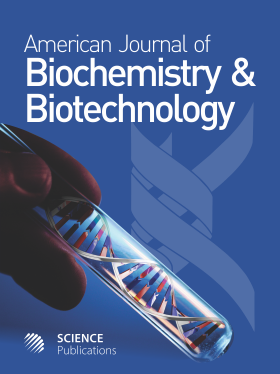Trends in the Prevalence of Clostridioides difficile Using Real Time PCR in South Korea (2020-2024)
- 1 Department of Biomedical Laboratory Science, College of Health & Welfare, Dankook University, Republic of Korea
- 2 Department of Laboratory Medicine, Dankook University Hospital, College of Medicine, Dankook University, Republic of Korea
Abstract
Clostridioides difficile is a major cause of infection in healthcare settings, and frequent antibiotic use exacerbates its occurrence. C. difficile infection (CDI) is a major public-health challenge owing to its complications and high mortality rate. We aimed to analyze current trends in C. difficile prevalence. This study was a retrospective, single center analysis of 7,371 samples from April 2020 to March 2024. Toxigenic C. difficile was identified from stool samples of inpatients and outpatients using an Xpert C. difficile assay by detecting binary toxin and toxin B via real-time polymerase chain reaction. Prevalence rates were analyzed according to sex, time of occurrence, and age using SPSS Version 29. The chi-square test and the exact test Monte Carlo method were used. Cross-analyses revealed no significant correlation between the occurrence of CDI and months, as well as individual quarters. However, when aggregating data from the same quarter across different years, significant correlations were observed (p = 0.036). Sex-specific prevalence analysis revealed positivity rates of 16.9% and 15.6% in males and females, respectively; however, this difference was not statistically significant. The analysis of prevalence by age did not show a statistically significant difference in cross-analysis. Nevertheless, there was a trend indicating that the positivity rate increased with advancing age. Specifically, the average age of patients with positive results was 72.6 years. This study offers baseline data on the current prevalence of CDI, serving as a valuable resource for hospitals in developing infection control plans and prevention strategies. Additionally, it provides critical insights into CDI epidemiology in South Korea, particularly the increased vulnerability to infection among older age groups. These findings emphasize the need for customized treatment and prevention strategies tailored to the older population, contributing to more effective healthcare interventions and improved patient outcomes.
DOI: https://doi.org/10.3844/ajbbsp.2025.237.244

- 22 Views
- 4 Downloads
- 0 Citations
Download
Keywords
- Clostridioides difficile
- Healthcare-Associated Infection
- Prevalence
- Real-time PCR
- Seasonal Analysis
